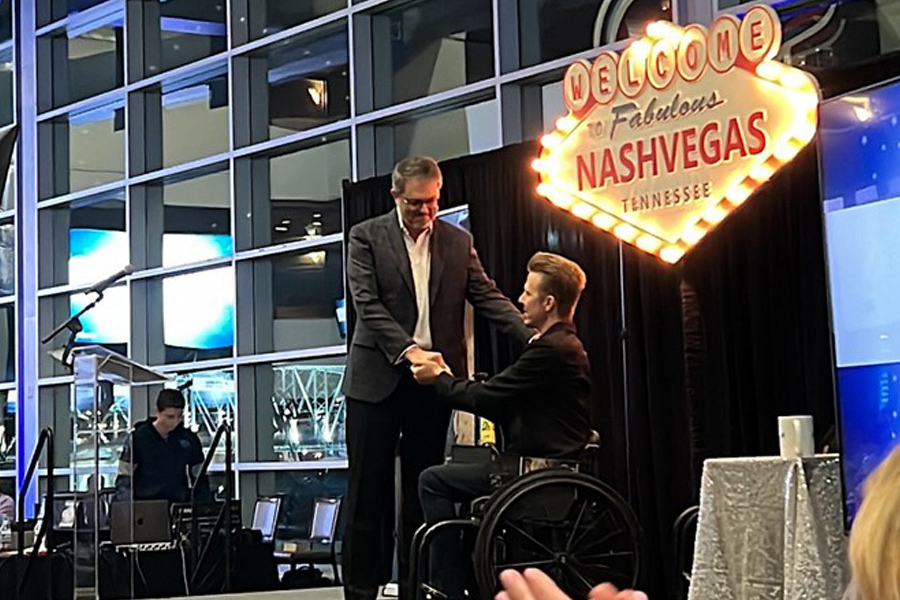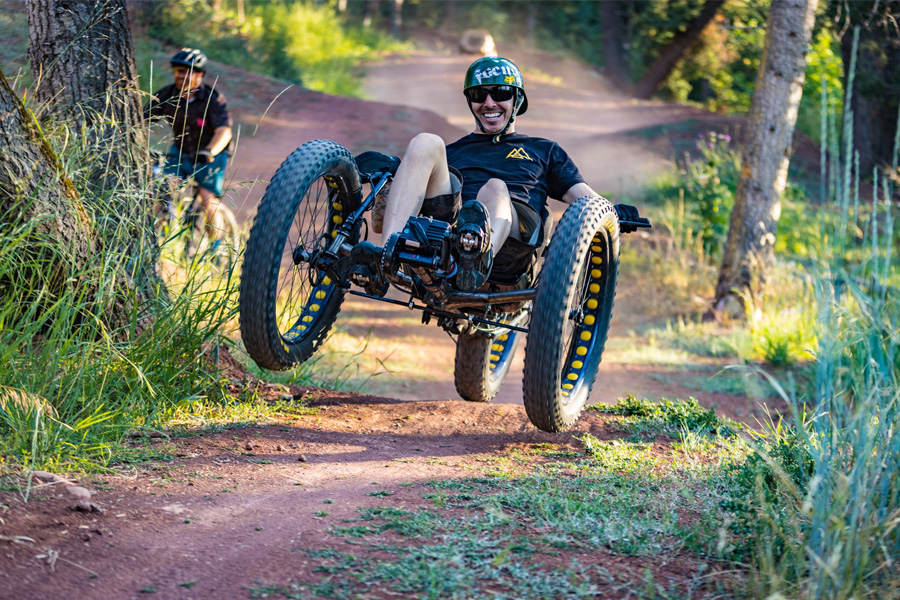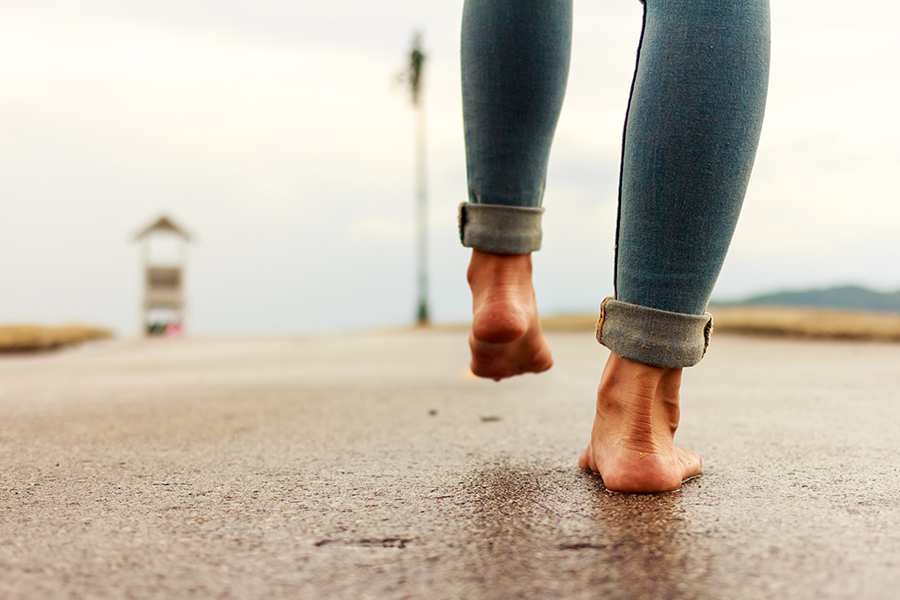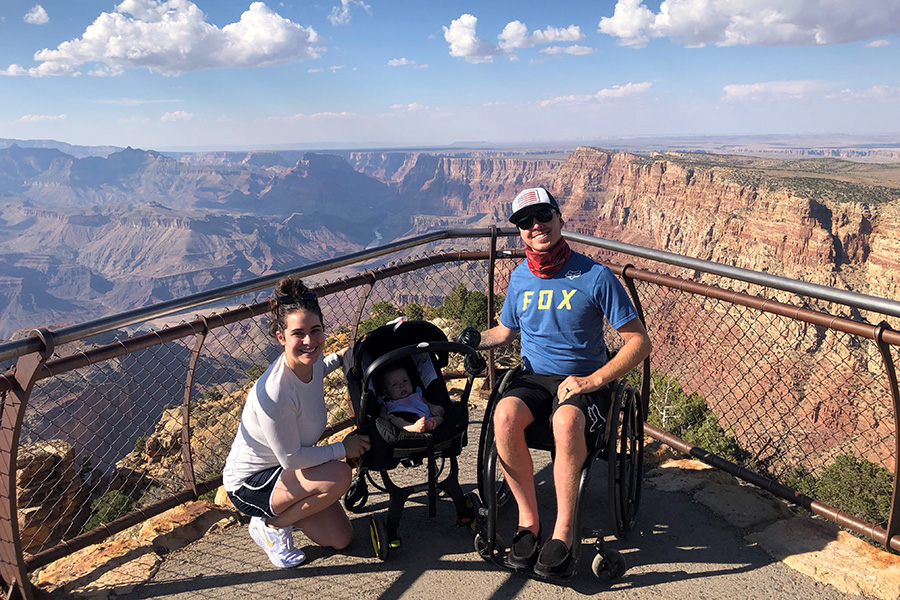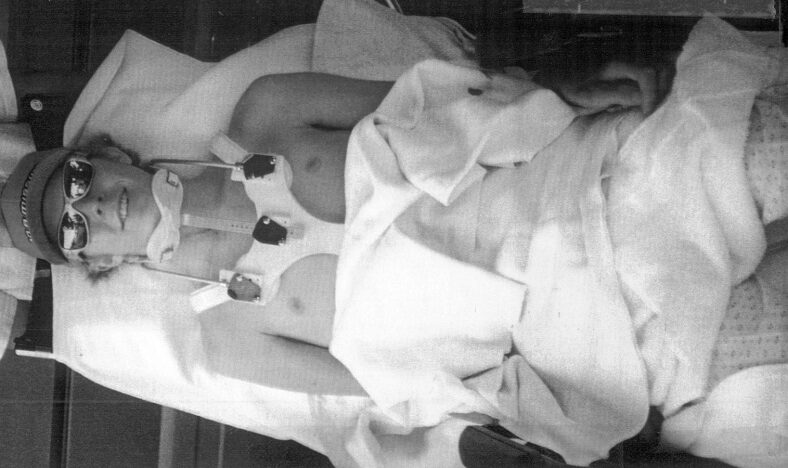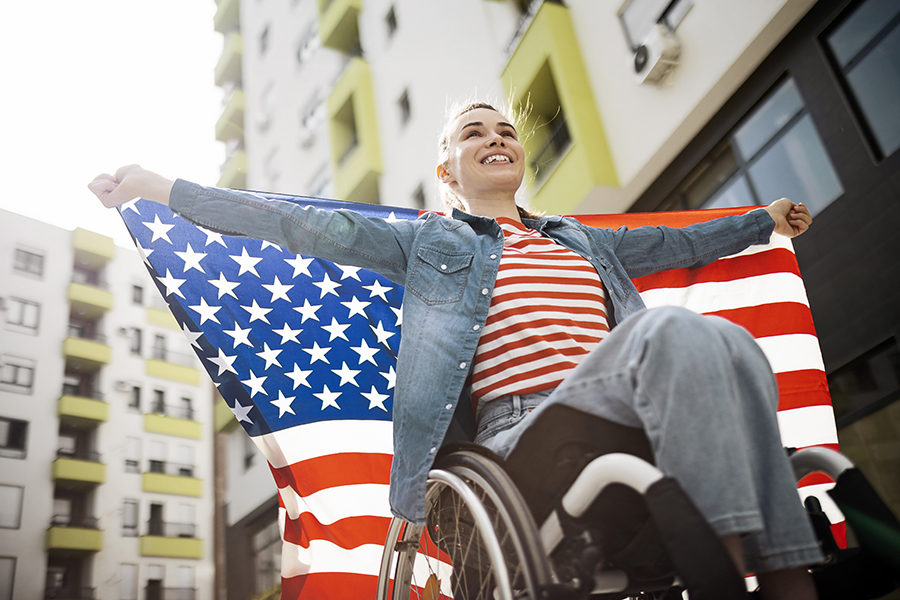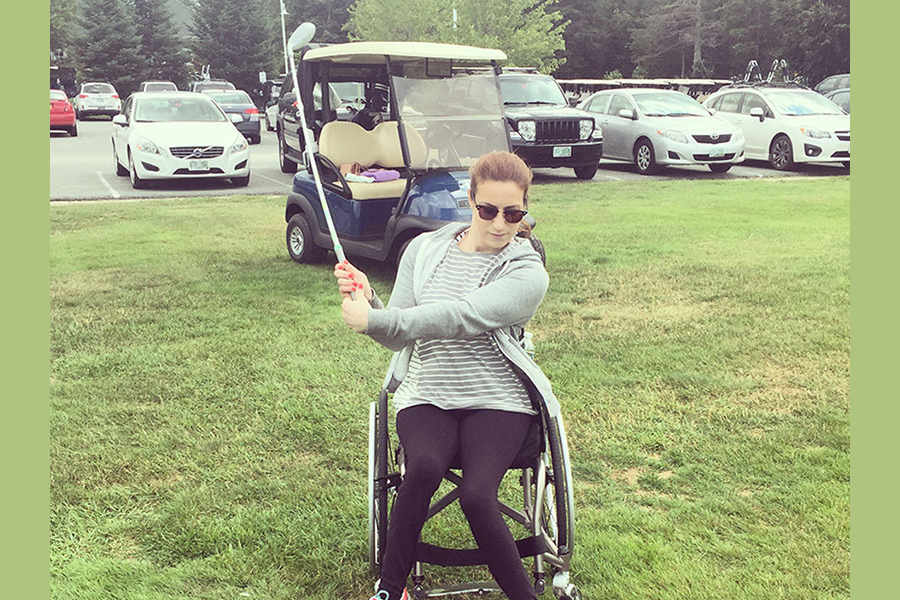How I Reduce & Manage Common SCI Secondary Complications
Aside from the initial life trauma and obvious physical changes that occur with a spinal cord injury, a person must become a new student of their body, no matter their age, learning medical terminology, human anatomy, biology and biomechanics and other realms of information they otherwise would have never known. If you are at all like me, you learn some of these things the hard way; like suffering a pressure injury, or one too many bouts of autonomic dysreflexia.
You don’t, though, have to touch the proverbial stove to learn it is hot. In this article I have listed some of the most common secondary complications and my way of managing the source causes and symptoms of said conditions.
- MUSCLE ATROPHY
Muscle atrophy is one of the most common results of physical paralysis and something I experienced very early in my recovery. Before injury, I weighed a lean, yet muscular 145 pounds. Within weeks after injury, my body atrophied so dramatically, I was left gaunt, a mere skeleton, weighing barely 100 pounds.
To counteract the extreme loss of muscle and fat, we began with my diet. I started to consume nutrient-dense, high-caloric smoothies and superfood shakes. Drinking my calories was, and still is, the easiest way for me to absorb nutrition.
It has taken me many years to rebuild muscle and regain a healthy body weight. I attribute all of my gains to nutrition and exercise. Bottom line… movement was, and still is my main medicine.
- JOINT CONTRACTURE
A joint contracture restricts the normal movement of a joint. It develops when your usually pliable connective tissues become less flexible. It is the result of stiffness or constriction in your muscles, tendons, ligaments, and skin. You can also experience a contracture deformity in your joint capsules. This is the dense, fibrous connective tissue that stabilizes the joint — and adjoining bones — at the deepest level.
Long periods of immobility and/or spastic paralysis, with high levels of muscle tone can cause the shortening and tightening of the connective tissues and can lead to a contracture — which may reduce your range of motion and impair the integrity and mobility in your joints. This means that you may have difficulty moving your hands, stretching your legs, straightening your fingers, or extending other parts of your body.
My right shoulder has limited range of motion due to an imbalance between the muscles surrounding my shoulder joint and shoulder blade. I must consistently stretch the tight muscles and strengthen the weak, underactive ones, to prevent a chronic joint contracture from occurring. This is my best defense against joint contracture.
- BONE DENSITY LOSS
Common among those with a sedentary lifestyle, those who suffer from paralysis, or those getting into their senior years, bone demineralization, or the weakening of the bone, can be improved and/or reduced with a few simple activities.
Daily standing or walking (either in a standing frame, with leg braces, or between parallel bars) has a long list of benefits, none more important than weight bearing on the joints and long bones of the body.
Our skeletal structure is designed to carry our weight against gravity and thus must be stimulated to encourage cellular health. Careful impact loading is a very natural way to improve bone strength.
I spent many years pedaling a bicycle as a part of my recovery process, and unbeknownst to me, the low impact motion of long distance cycling was doing me a disservice. I experienced a low, yet alarming bone density loss from my activity.
To counteract this, I began supplementing with calcium and standing/sitting on a vibration plate at my restorative exercise center. The impact loading on my feet, legs, hips and spine, stimulated bone growth and has since helped restore bone integrity.
Again… movement is my medicine.
- SKIN BREAKDOWN (DECUBITUS ULCER)
Unfortunately this happens to a lot of us. Here is a link to an article I wrote about skin care.
- NEUROGENIC BOWEL
I have a detailed article about how I manage my neurogenic bowels.
- BLADDER DYSFUNCTION
Here is a link to my article about how I manage my neurogenic bladder.
- SEXUAL DYSFUNCTION
I am happy to share an article I wrote about sexuality, sexual dysfunction and tips for intimacy.
- AUTONOMIC DYSREFLEXIA
Click the link to read my article about autonomic dysreflexia.
- BLOOD PRESSURE FLUCTUATION
Blood pressure fluctuation is something I deal with all of the time. As a person recovering from a high level spinal cord injury, I tend to experience low blood pressure, with frequent bouts of extremely low pressure when transitioning from lying down to sitting, and from sitting to standing.
I manage this with my doctor-recommended amount of sodium in my diet, as well as compression stockings and abdominal binder. Additionally, regular exercise, stretching and range of motion helps me maintain muscle hypertrophy, improving circulation throughout my body.
You may want to reference my article about autonomic dysreflexia here.
- RESPIRATORY COMPLICATIONS
Respiratory issues may arise for many of us living with spinal cord injury. The reduced ability of the diaphragm to contract and relax makes it difficult to inhale fully, and exhale completely, predisposing one to respiratory tract infections and complications.
Early on in my recovery I experienced severe pneumonia. My lungs filled with excess fluid that my body could not rid itself of, causing respiratory failure. Fortunately, I survived the traumatic experience and now live with a heightened sense of awareness.
Breathing exercises can help strengthen the diaphragm and increase lung capacity. Obviously a smoke-free lifestyle is a good choice.
- CARDIOVASCULAR COMPLICATIONS
A spinal cord injury can significantly reduce a person’s physical activity and thus impacts the heart’s ability to perform. Cardiovascular health can greatly improve a person’s vitality and quality of life.
I high recommend consulting your doctor and/or physical therapist for a unique and specialized restorative exercise program that stimulates your cardiovascular system.
Recurring theme? Exercise is medicine.
- SPASTICITY & MUSCLE TONE
Here is a link to my detailed, two-part article about Spasticity and Muscle Tone.
- PAIN SYNDROMES
Pain can be the bane of existence, so I am happy to share an article about pain here.
- DEPRESSION
A very natural human experience, depression can be a part of anyone’s journey. A spinal cord injury however, can amplify the emotional roller coaster.
This is a topic that I feel is best discussed in person, one on one, or in a group. This way we can give each other the opportunity to share and relate, hopefully lifting the isolating veil of darkness and heavy weight of loneliness off of our shoulders.
Please feel free to reach out to my ASK AARON link and connect with me.
For more information, see related articles and resources here:






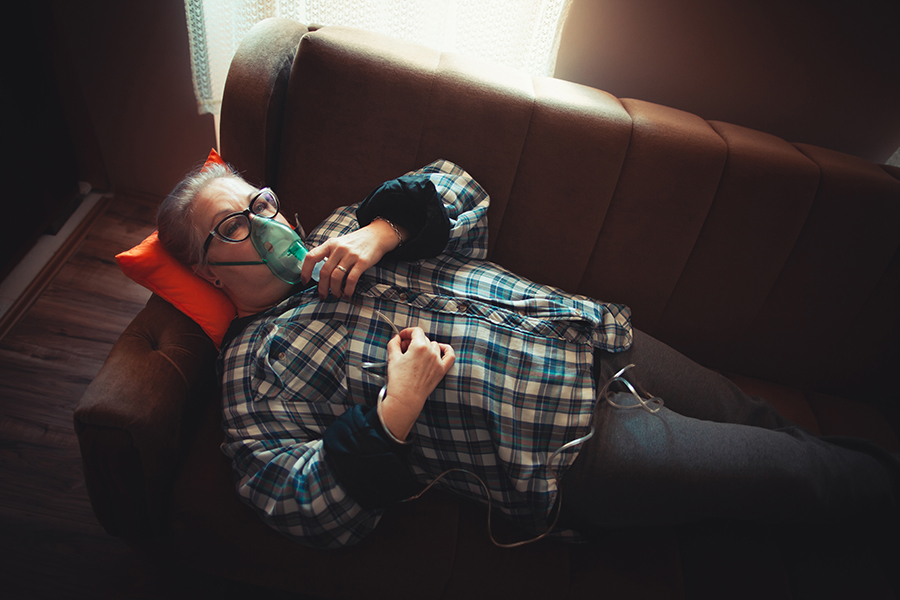


 I have c6 injury and I have lots of spasm in my whole body. What can you suggest to help?
I have c6 injury and I have lots of spasm in my whole body. What can you suggest to help?